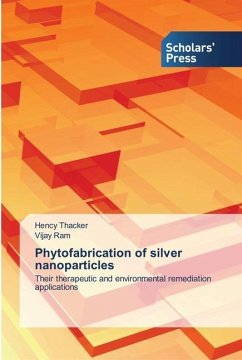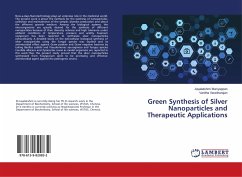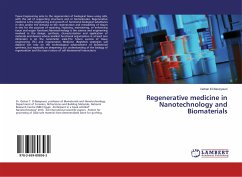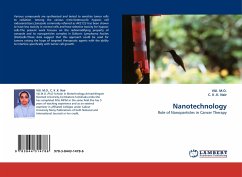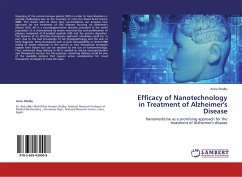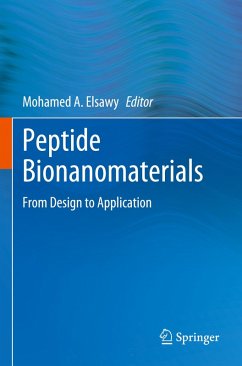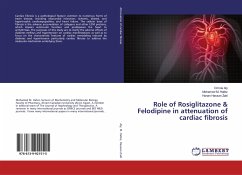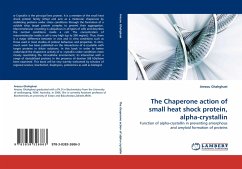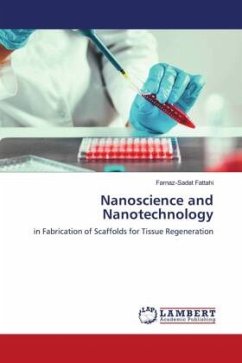
Nanoscience and Nanotechnology
in Fabrication of Scaffolds for Tissue Regeneration
Versandkostenfrei!
Versandfertig in 6-10 Tagen
29,99 €
inkl. MwSt.

PAYBACK Punkte
15 °P sammeln!
Nano-fibers have attained great research attention owing to their unique physico-chemical characteristics and broad implementation potential. These one-dimensional (1-D) nano-structures are being increasingly applied in bio-medical fields such as manufacturing the scaffolding materials for regenerate new tissues owing to their great surface area-to-volume ratio, high porosity by interrelated pore-configuration, and the suitable surface structure for cell attachment, proliferation, growth, adhesion, viability and differentiation. Nano-fibrous scaffolds with porous construction can mimic the Ext...
Nano-fibers have attained great research attention owing to their unique physico-chemical characteristics and broad implementation potential. These one-dimensional (1-D) nano-structures are being increasingly applied in bio-medical fields such as manufacturing the scaffolding materials for regenerate new tissues owing to their great surface area-to-volume ratio, high porosity by interrelated pore-configuration, and the suitable surface structure for cell attachment, proliferation, growth, adhesion, viability and differentiation. Nano-fibrous scaffolds with porous construction can mimic the Extra Cellular Matrix structure in providing the suitable area for cells in their micro-environment. Detailed analyses of nano-fibers effects on cellular functions have been carried out to choose the most appropriate candidates for promoting new tissue-regeneration in human body. Constructing nano-fibrous scaffolds for cell cultivating and implanting the scaffold-cell matrix in human body for tissue- regeneration is the most necessary requirement for bio-scientists nowadays. This book will consider important notes about this process briefly form novel explorations in tissue-engineering field.



